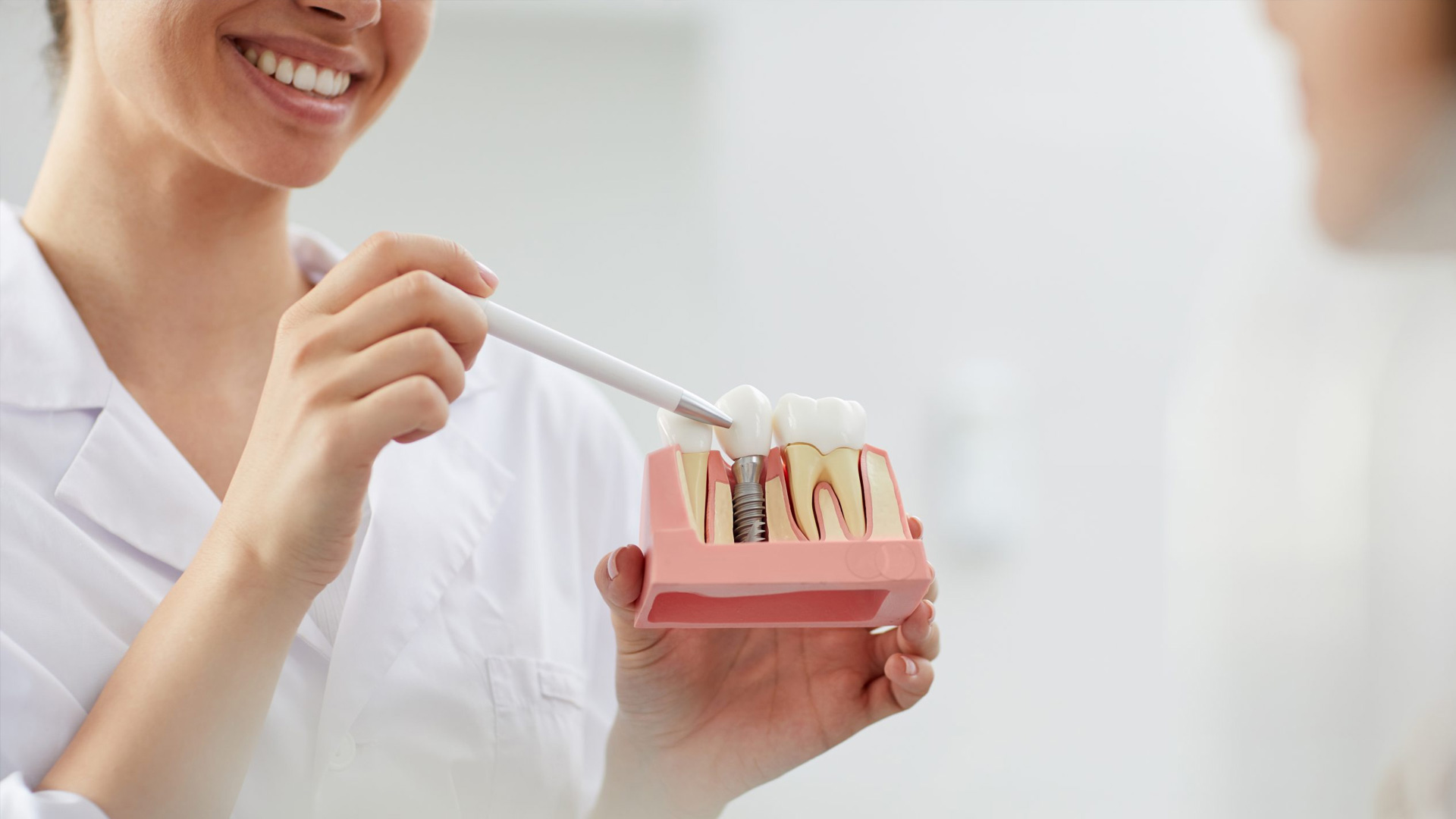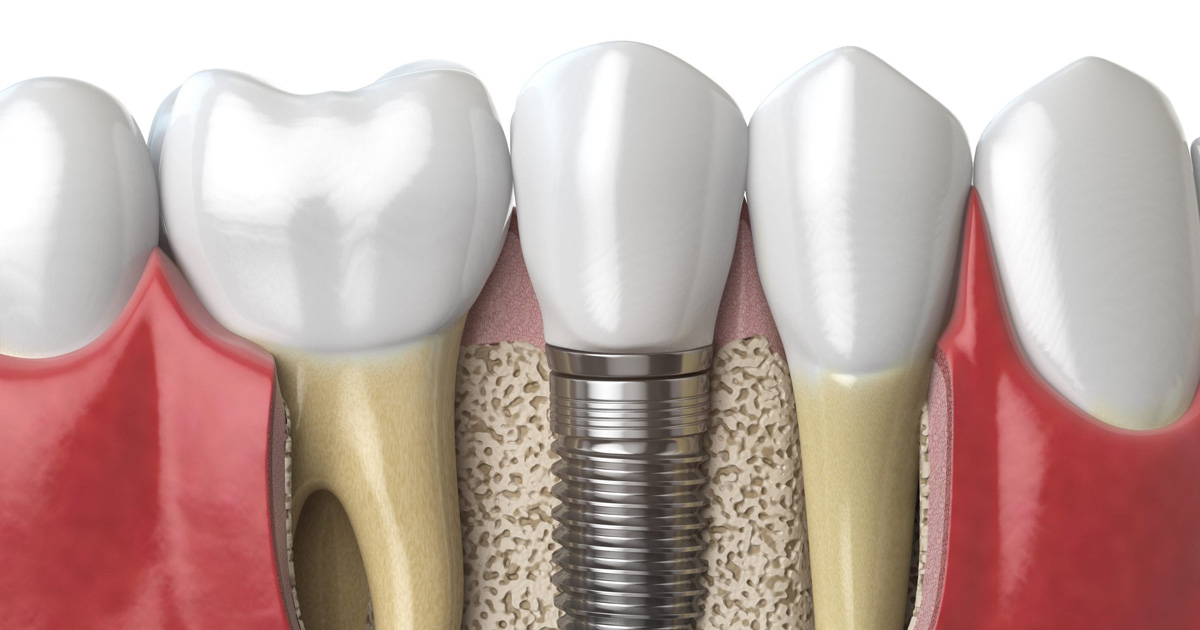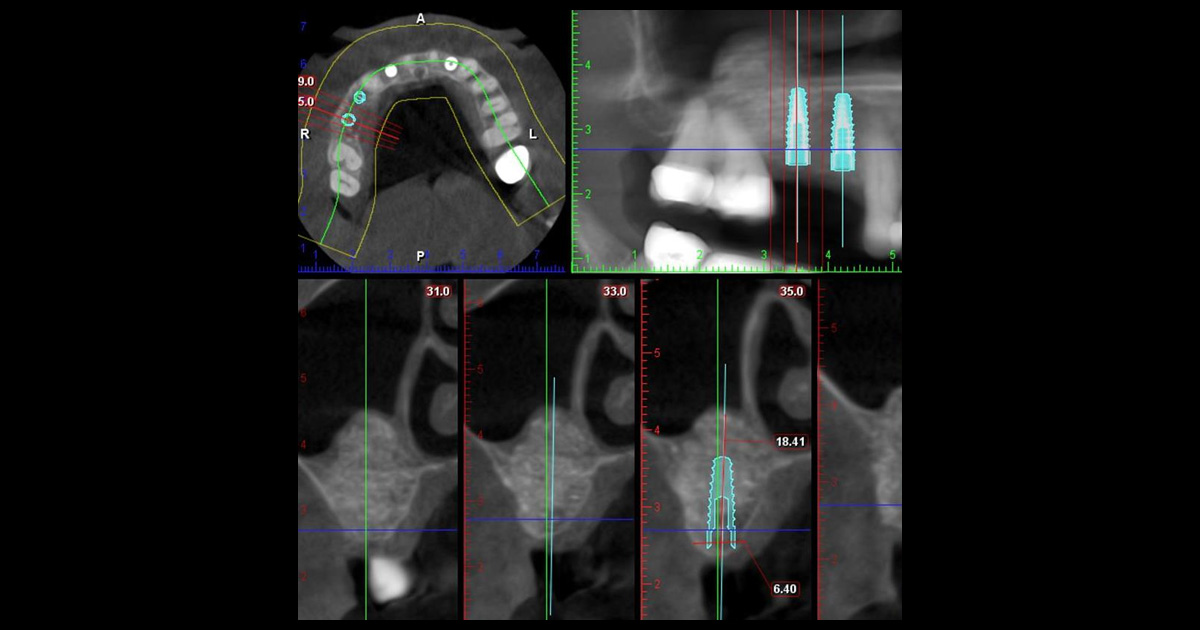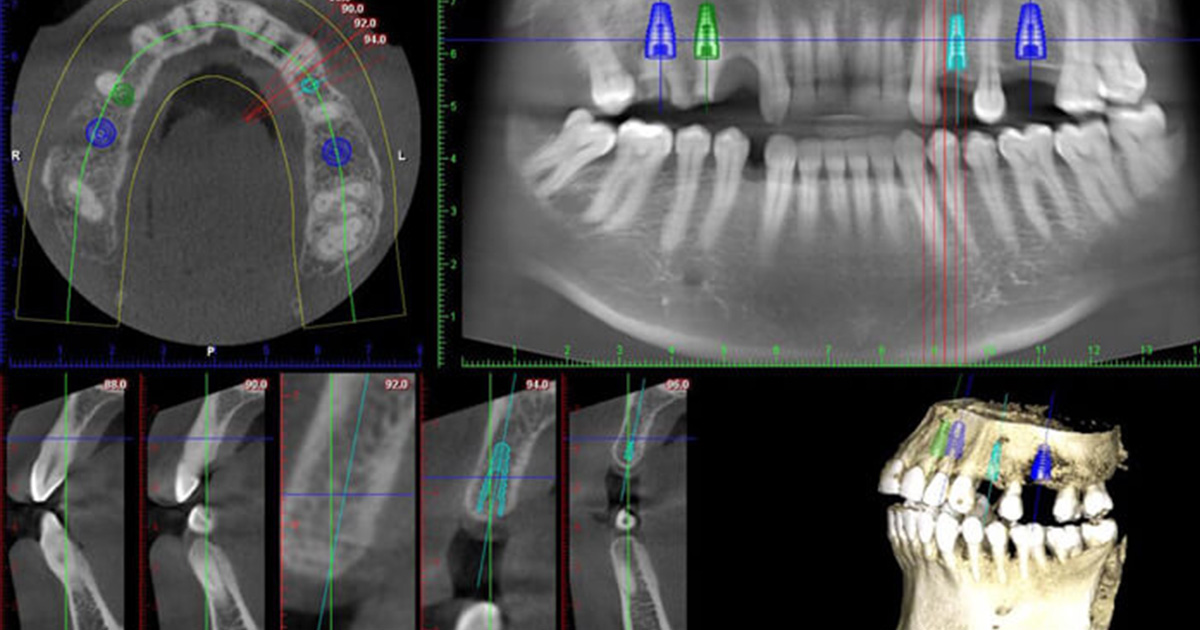Our doctors are happy to answer any of your questions before a bone grafting procedure. In many cases we can take bone fragments from another area of your mouth for the graft. In procedures where this is not an option, we will use cadaver bone fragments. They are harvested and are a very safe source for bone donation. Below are some of the different types of grafting that can be performed.

Onlay Grafting
The jawbone exists for purpose of supporting the teeth. Once a tooth is missing, the bone begins to atrophy and eventually disappears. This results in a defect that is often unsuitable for placement of dental implants due to poor quantity and quality of bone. Fortunately, we have the ability to grow and create new bone to correct these defects, which usually allows for placement of dental implants.
Sinus Grafting
When upper back teeth are lost the maxillary sinus begins to expand into the area where the tooth used to be. This causes a loss of height of bone. Sometimes a sinus lift procedure is needed to raise the sinus and restore a normal volume of bone prior to placing dental implants. Depending on how much bone needs to be placed, the implants can sometimes be placed at the same time the sinus lift is performed.
Grafting at the Time of Placing Implants
When placing implants it sometimes is necessary to place a small bone graft on top of or around the implants to modify the bone. In addition, if a tooth is extracted and an implant is immediately placed into the extraction socket, a graft is almost always used for this procedure.
Site Preservation Grafting
If you are having a tooth extracted and plan on replacing the tooth with an implant at a later date, the dentist may suggest a type of bone graft called “site preserving”. In this type of graft the tooth is extracted, the socket is filled with a graft material, and a membrane is placed on top so the graft can heal. This procedure ensures that the place where the tooth used to be will accommodate an implant after healing. In many cases if a socket preservation is not done, then the jawbone resorbs and forms a defect where the tooth used to be. In this case, a more complicated graft must be performed to correct the defect that may have been avoided with site preservation.




